Automation: Simplifying Connectivity for Mass Customization
Secure remote access and a holistic approach to network security for interconnected industrial control, IT, and OT subsystems are essential to achieve uninterrupted mass customizat...
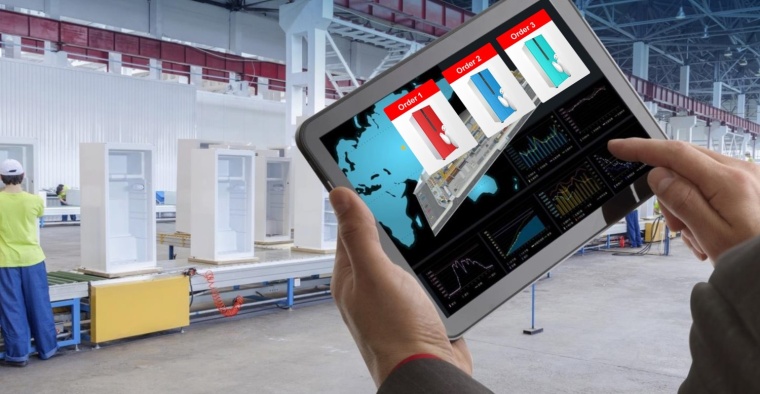
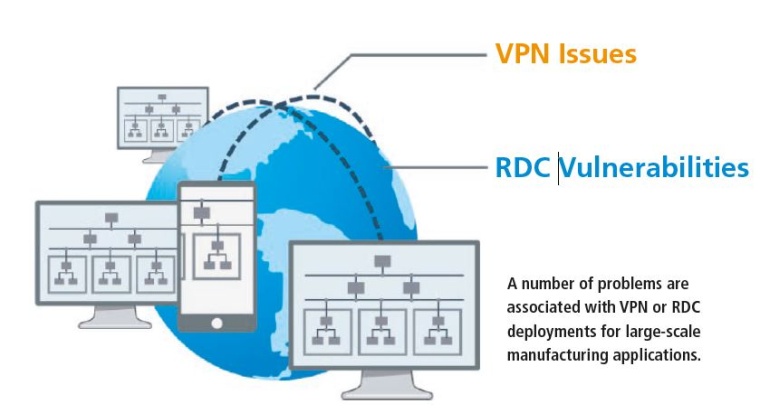
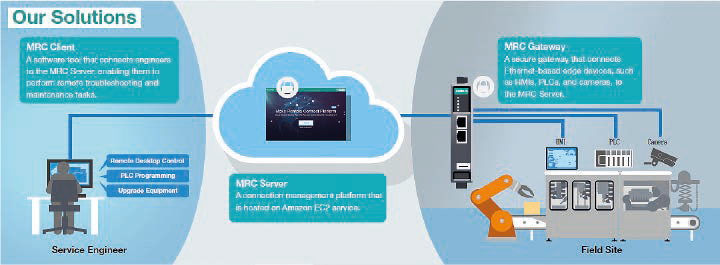

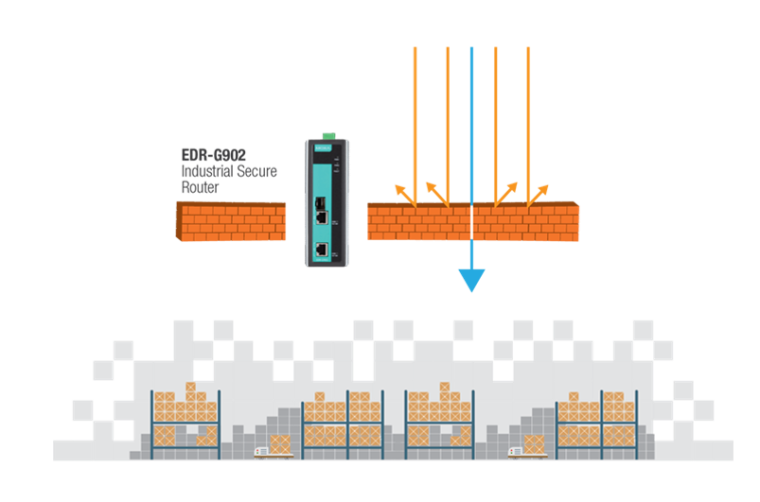

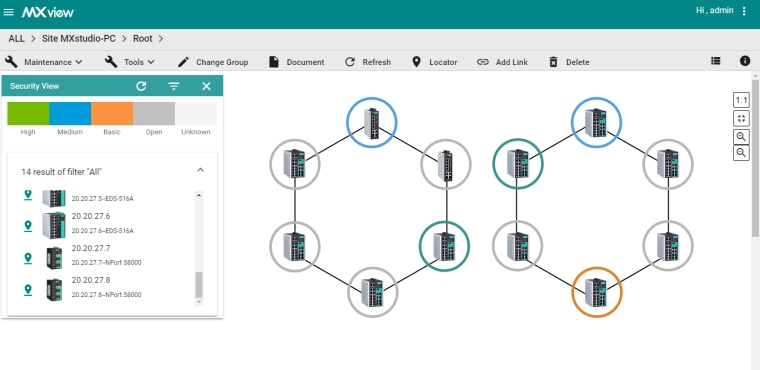
Secure remote access and a holistic approach to network security for interconnected industrial control, IT, and OT subsystems are essential to achieve uninterrupted mass customization in a fully automated manufacturing process.
Mass customization which entails leveraging flexible computer-aided systems to tailor production output on a large scale has emerged as a key strategy for helping manufacturers maintain market share in the age of Industry 4.0. These flexible manufacturing systems allow output to be customized at item level on a massive scale. What’s more, mass customization allows manufacturers to shift their business from supply-oriented to customer-oriented, with additionally saving time in their supply chain. Within this context, data integrity and consistency are imperative to ensure smooth operations and on-time deliveries.
In order to further reduce system downtime in a fully automated mass customization manufacturing process, it is necessary to be able to efficiently upgrade, troubleshoot, and maintain many connected devices from both control and production systems remotely. This could be challenging to implement for the industrial control system users. Additionally, with more IT systems being connected to industrial control systems (ICS), manufacturers also need to protect newly interconnected machines and industrial subsystems from internal and external threats. Find out how to resolve these two challenges to ease your way to connect to mass customization.
Establishing Multiple Secure Access Is Time-Consuming
Remote access allows users to administer and even control machines within a corporate network from distant field sites. Granting remote access to multiple devices offers many benefits for manufacturers, such as the ability to monitor multiple plants without the need for travel or on-site staffing. Upgrades and troubleshooting can also be performed from afar, which can reduce the cost and time needed for maintenance and keep system downtime at bay. In fact, “60 to 70 percent of machine problems require a simple fix, such as a software upgrade or minor parameter changes – which can be done remotely” (Plant & Work Engineering Magazine). Although virtual private network (VPN) and remote desktop connection (RDC) technologies are commonly used methods for granting remote access to company machines and equipment from field sites, a number of problems are associated with VPN or RDC deployments for large-scale manufacturing applications.
VPN Issues
Deploying a large-scale VPN requires extensive IT knowledge and skills to establish encrypted layered tunnelling protocol connections. In order to secure the private connections that allow remote users to access enterprise resources and applications, user authentication methods, including passwords and certificates, also need to be used and properly managed. All of these requirements can make VPNs especially time-consuming and costly to deploy at a large scale.
RDC Vulnerabilities
Although it is generally easier for remote desktop applications to enable simple one-to-one remote control of corporate desktops from another computer over the Internet, RDC applications also need to bypass certain corporate security policies. This allows malicious actors to exploit seemingly legitimate remote desktop sessions to gain unauthorized access or control company resources. In large-scale networks, the risks are compounded by the number of remote desktop connections.
Simplify Large-Scale Secure Remote Access
Moxa Remote Connect (MRC) provides an easy-to-use, secure, and flexible cloud-based solution for large-scale remote access. MRC is perfect for large-scale deployments because it only requires three components – the MRC gateway, a cloud server, and client software for both desktop and mobile devices – to enable users at remote field sites to securely access and control computers, machines, and other industrial equipment located within the factory environment.
Ease of Use
MRC provides plug-and-play remote access without the need for complex technical configurations. The remote access connection is centrally monitored and managed from a secure cloud server, and virtual IP addresses make multipoint remote access effortless by eliminating the need to manually reconfigure IP addresses for field devices.
Enhanced Security
MRC protects against man-in-the-middle attacks, data loss, and other security threats by providing VPN-based point-to-point encryption. With MRC, companies can grant on-demand remote access and control that conform to their existing IT security policies and enable remote connectivity without having to compromise network protection.
Flexibility and Scalability
MRC allows users to remotely access and control equipment, as if they were locally connected, in different connection scenarios, including one-to-one, one-to-many, many-to-many, and site-to-site. What’s more, the MRC client software can be installed on any laptop of an authorized maintenance engineer, allowing for even greater flexibility when controlling remote desktops, upgrading equipment, or programming PLCs from afar.
Overcoming Security Silos for Interconnected Systems
Traditional industrial control system (ICS) networks are physically isolated and not directly connected to the Internet. Although isolated networks are relatively immune to cyberattacks, fully automated mass customization requires interconnected systems that may be exposed to internal and external threats, presenting new challenges to existing IT and OT teams. Technologies and practices used by IT and OT were originally designed for different purposes, and information silos between these disciplines are common. Besides breaking down the barriers between these disciplines, manufacturers face a number of challenges when it comes to securing newly interconnected industrial control systems and converged IT-OT subsystems.
Single point of failure: A chain is only as strong as its weakest link. Connecting formerly independent systems to the Internet exposes ICS networks to new cybersecurity risks. Legacy ICS networks often still lack systematic security protection because their former isolation provided a degree of immunity from network threats. Once connected to the Internet, their vulnerabilities could be easily exploited to undermine overall system integrity.
Inexperience: Integrating IT and OT requires IT system know-how and OT domain knowledge. New security technologies may inadvertently affect IT, OT, or both landscapes, and lead to disruptions in the production line if both sides of the equation are not sufficiently prepared.
Internal risks: Even after converging IT and OT subsystems, information silos may persist and manifest themselves as interferences or communication failures when multiple domains or subsystems are involved in a process or task.
Simplify IT-OT Security Collaboration
Moxa provides a triple-layer security architecture that allows IT and OT departments to deploy a complete cybersecurity infrastructure that collaboratively incorporates company-wide security policies, operational risk management, and asset performance. Rest assured that your interconnected and Internet-connected ICS networks are safe with Moxa’s cybersecurity protection based on ISA 99/IEC 62443 standards.
Security management: Moxa’s MXview network management software provides visualized management for security auditing and monitoring. The Device Inventory Report allows you to automatically discover and track the devices on your network. If devices are compromised, you can use the Configuration Center and ABC-01/02 Backup Configurator to back-up and restore configurations. You can also use the Security View or Security Wizard to check if device settings meet your company’s security policies. What’s more, the Real-time Security Events & Logging function and SNMP & RESTful API Northbound Interface allow you to log events to monitor security policy breaches.
Secure network infrastructure: Moxa´s Industrial Secure Routers with defense-in-depth protection for industrial control systems cover network segmentation, secure data communication and filtering, and secure remote access. By using industrial firewalls to segment the network into secure cells or zones, or using network address translation (NAT) feature and private IP address ranges, you can prevent breaches from crashing the whole system. Additionally, you can use industrial firewalls and switches that support Modbus TCP deep packet inspection (DPI), DoS protection, and access control lists (ACL) for secure data communication and filtering. For secure remote access, over public Internet connection, Moxa EDR series (Industrial Secure Routers) supports IPSec and OpenVPN protocols.
Business Partner
Moxa Europe GmbH - ArchiveEinsteinstrasse 7
85716 Unterschleissheim
Germany
most read

GIT SECURITY AWARD 2026 - The winners have been announced!
GIT SECURITY AWARD 2026: The best safety and security solutions of the year - now an overview of all winners

Is Your Venue Ready for Martyn’s Law?
Martyn’s Law demands stronger security by 2027. Is your venue prepared to protect and respond?

Integrated and Futureproof: Traka’s Next Chapter
Interview with Stefni Oliver on Traka’s Vision for the Future


When the Internet stumbles: Why DNS is important
When DNS fails, the internet stumbles-AWS outage proves resilience and redundancy are vital for digital trust






